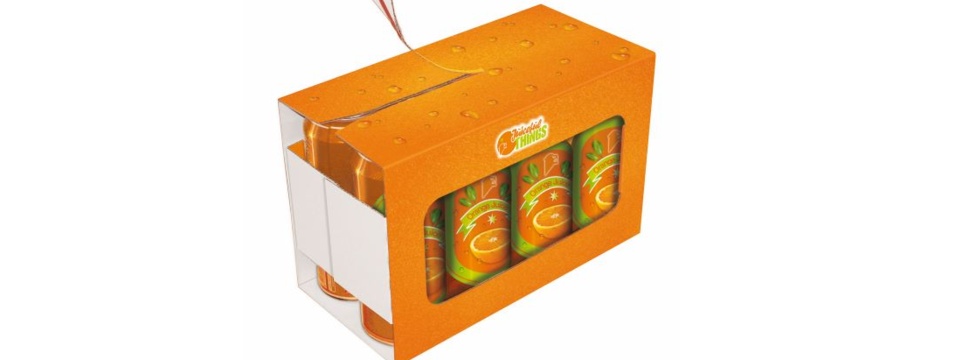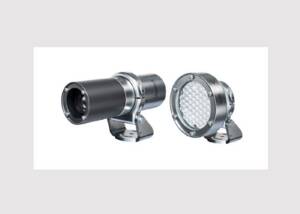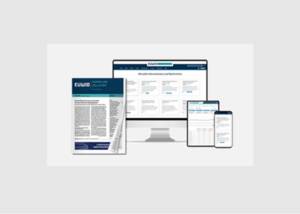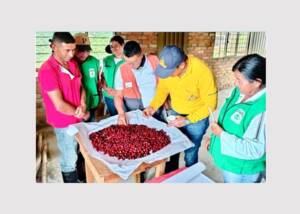Primary goal savings in secondary packaging
News General news
The RRK Wellpappenfabrik in Bottrop has been a demanded supplier for years, among other things for various tray variants made of corrugated board, which perform important functions as secondary packaging. For example, high-walled trays are a frequently used solution to form multipacks. Bottles, glasses, beverage cartons, cans or bags in a wide variety of shapes and volumes are thus given the logistically indispensable stackability - from the pallet through all distribution steps to the retail shelf, the secondary packaging provides support for both load-bearing and only partially load-bearing product packaging. They also make it easier to stock the shelves and ensure that the goods are presented clearly.

As specialists for this packaging segment, the experts at RRK Wellpappenfabrik have developed what is known as the "economy cut", which drastically reduces the amount of material used for a wide variety of high-sided trays - while at the same time fulfilling all of the logistics tasks assigned to you.
The examples of two classic secondary packaging (for 12 x 1.0 l and 8 x 1.0 l packs) show it: With the possibilities of these constructions, the RRK Wellpappenfabrik saves over 30% of the corrugated board originally required.
The idea behind the "economy cut" is to produce bulk packs with the lowest possible use of materials. This can mean, for example, dispensing with certain flaps or lid variants in favor of newly conceived adhesive flaps. For one closed and one open economy cut for twelve 1.0l containers, the total is: area reduction by almost 40 to more than 100 m2 for 1,000 economy cuts. Material savings range from 12 to 34%. And another aspect: the pallet utilization increases by a good 500 cuts/pallet with economy cuts.
All these savings add up to significant logistical advantages, less volume is transported and less storage space is required. This not only reduces freight costs, but also reduces CO2 emissions through optimized truck utilization.
The second example, economy cut versions for eight 1.0l gable top packs, optionally closed or open, balances just as favorably. The constructions of the RRK Wellpappenfabrik find the exact balance between packaging performance and use of materials. Pallet utilization, space consumption of the corrugated board and the saved use of materials are also very clear here and reach up to 30%.
Secondary packaging remains important in modern goods distribution. They protect products, make hygienic transport and pallet stacking possible, they facilitate handling and are also valued by consumers who prefer these large containers.
The specialists at RRK Wellpappenfabrik are on hand to offer advice and assistance to interested parties in order to develop material-saving alternatives that can be integrated into the customer's operating processes and used to achieve a better ecological balance.










